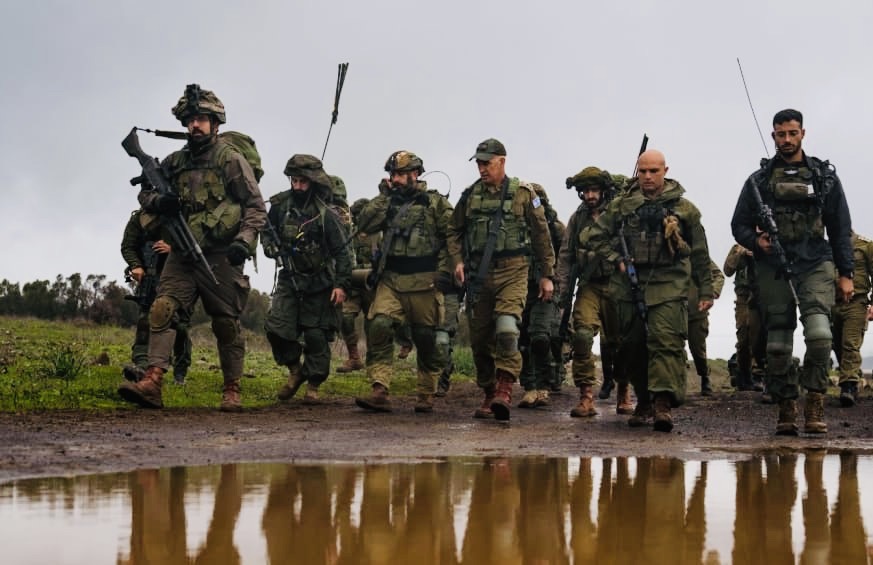Iran has reportedly warned its chief proxy in the Middle East, Hezbollah, not to escalate its low-intensity war with Israel along the Lebanese border. According to The Washington Post, Iran told its leader, Hassan Nasrallah, that an escalation would play into Israel’s hands and nullify the gains that Iran’s Axis of Resistance has made since Hezbollah initiated hostilities against Israel in a tangible show of solidarity with Hamas, its Palestinian ally in the Gaza Strip.
Iran apparently believes that Hamas’ success in revitalizing the Palestinian cause on a global scale and blocking Israel’s efforts to normalize relations with Saudi Arabia could well be jeopardized by an expansion of Hezbollah’s war with Israel.
In fact, Hezbollah has widened the war by deploying heavier weaponry and launching a greater number of strikes, which have been aimed not only at Israeli military bases, but at towns like Kiryat Shmona and Metulla. These bombardments have caused widespread property damage.
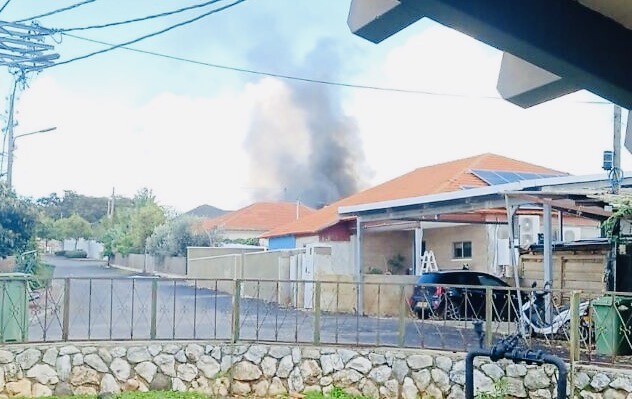
Israel has reacted to its aggression by deploying three divisions on the northern front and bombing Hezbollah command facilities, observation posts and arms depots deeper inside Lebanon, in what has become Israel’s longest armed conflict with Hezbollah since the 1980s and 1990s, when the Israeli army maintained a security zone in southern Lebanon. Israel unilaterally withdrew from Lebanon in the spring of 2000.
These tit-for-tat skirmishes have caused the deaths of six Israeli civilians and ten soldiers. On the Lebanese side, the death toll has been much higher: 206 Hezbollah fighters, 32 Palestinians affiliated with Hezbollah, 30 civilians (including three journalists), and one soldier from Lebanon’s army.
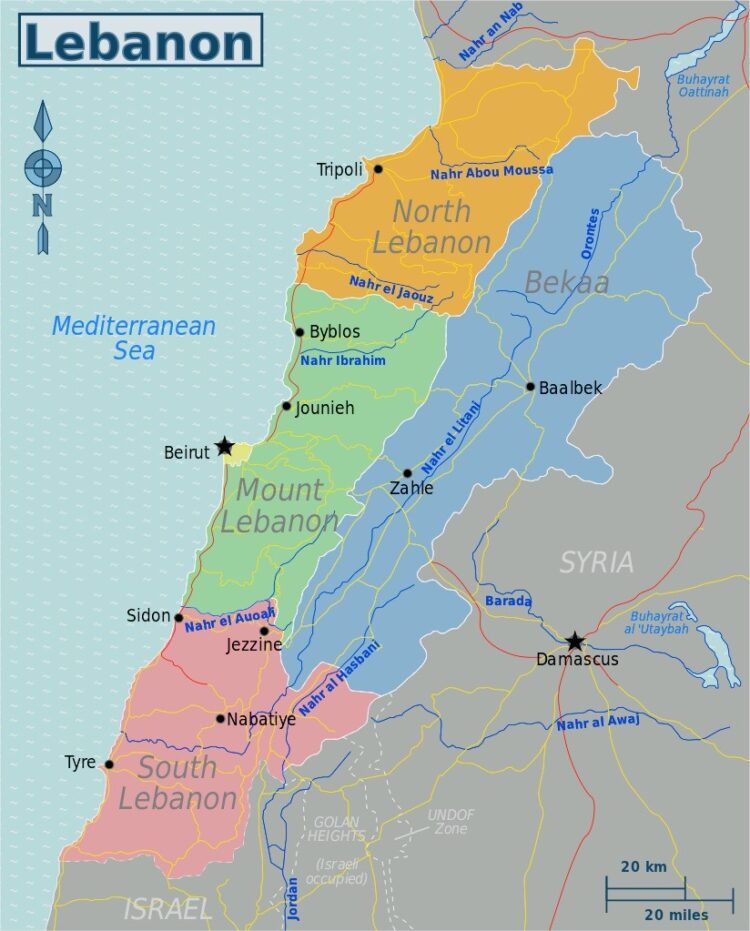
It is clear that this war is likely to drag on indefinitely, at least as long as Israel continues its ground offensive in Gaza, which began on October 27. It may even degenerate into an all-out war, General Herzi Halevi, the chief of staff of the Israeli armed forces, said recently.
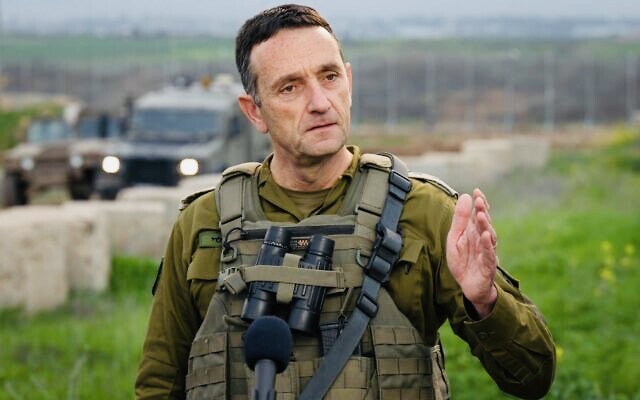
Defence Minister Yoav Gallant has adopted a hawkish tone as well. Israel will continue fighting Hezbollah, even if another truce takes hold in Gaza, he said. Speaking to troops on the Golan Heights, Gallant said that Israel will not cease operations against Hezbollah until the residents of border communities can return safely to their homes. They, along with their Lebanese counterparts, were evacuated from border areas several months ago. The evacuations have been costly to Israel and Lebanon in psychological and economic terms.
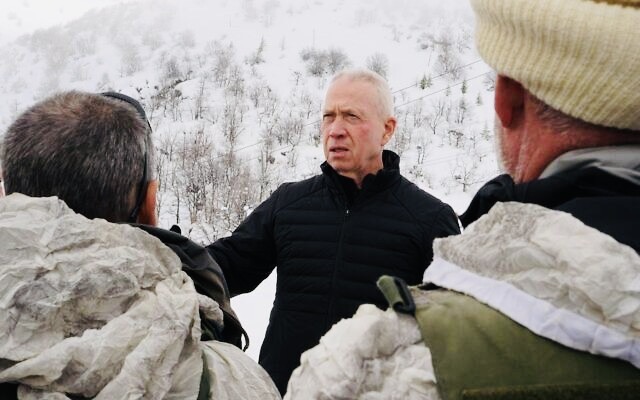
And in a statement designed to put Hezbollah on notice that Israel means business, the Israel Defence Forces announced recently that its soldiers have been “training on terrain that simulates the northern border in winter conditions.”
Nasrallah remains defiant.
“You escalate, we escalate,” he declared earlier this month. He added that Hezbollah stands ready to increase its “presence, strength, fire and anger” in southern Lebanon. He also warned that Hezbollah’s arsenal of precision-guided missiles can reach every conceivable corner of Israel, “from Kiryat Shmona to Eilat.”
Hezbollah, however, has reportedly pressured Hamas to drop its demand that Israeli release all its Palestinian prisoners, particularly those convicted of serious crimes.
A powerful and dominant political and military force in Lebanon, Hezbollah started its latest conflict with Israel on October 8, a day after the Israeli Air Force launched a massive bombing campaign Gaza in reply to a Hamas terrorist attack in southern Israel on October 7 that claimed the lives of 1,200 Israelis and foreigners and resulted in the kidnapping of 240 hostages.
Since then, Hezbollah has fired more than 1,000 missiles, rockets and mortars at Israeli communities in the Galilee, forcing Israel to evacuate 80,000 of its residents. During this period, the Israeli Air Force has targeted more than 3,400 Hezbollah sites in Lebanon, whose weak and ineffectual government has little or no influence on events.
Most recently, Israel bombed two Hezbollah weapons depots in the southern outskirts of Sidon, which is about 30 kilometers from the Israeli border. It appears to have been Israel’s farthest strike north inside Lebanese territory since October 8.
Israeli air strikes have eliminated two major figures in Hezbollah. On February 15, Israeli jets hit a building in the southern town of Nabatiyeh, killing Ali Mohammed al-Debes, a commander in the elite Radwan Force, his deputy, Hassan Ibrahim Issa, and eight other people. The Radwan Force, tasked with the mission of invading Israel, is stationed close to the Israeli border.
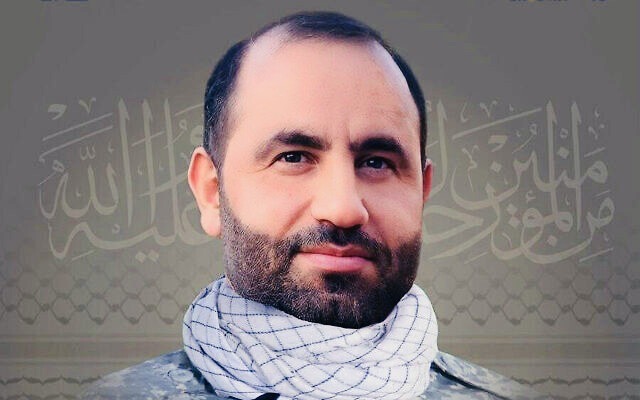
Debes was the second Hezbollah commander to be killed this year. Ali Hussein Burji, the commander of an aerial unit whose drones damaged Israel’s northern army headquarters in Safed, was killed on January 8.
The fighting pitting Israel against Hezbollah has gradually intensified throughout January and February.
In mid-January, Miri Ayalon, 76, and her son, Barak, 45, were killed when an anti-tank missile hit their home near the border. On January 25, Israel destroyed an airstrip in the Qalaat Jabbour mountain region from which Hezbollah launched drones. On February 9, Hezbollah fired a barrage of 30 rockets at northern Israel, most of which were downed by the Iron Dome missile defence system. On February 14, one Israeli solider was killed and eight others were wounded when 14 rockets slammed into an army base 13 kilometers from the border.
Fearing that these daily battles may spark a regional war, the United States has tried to calm the tense situation by diplomatic means.
U.S. special envoy Amos Hochstein, who in 2022 was instrumental in demarcating Israel’s maritime border with Lebanon, has shuttled between Jerusalem and Beirut in a bid to push Hezbollah men and materiel away from the Israeli frontier.
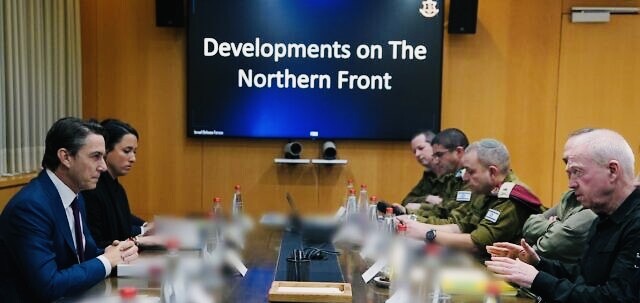
Under United Nations resolution 1701, which was passed in 2006 following the end of Israel’s month-long war with Hezbollah, Lebanese army troops and United Nations peacekeepers are the only armed forces permitted access to the area between the Litani River and Israel’s border, a distance of about 30 kilometers.
Hezbollah, having arrogantly flouted this resolution, has established a foothold in southern Lebanon, much to Israel’s ire and discomfort.
Hochstein has submitted a proposal to the Lebanese government that would require Hezbollah to move seven or eight kilometers away from the border, which is far less than Israel has been demanding. Israeli government officials have mentioned a figure of 30 kilometers, which would be in keeping with the United Nation’s resolution.
Hochstein’s proposal also calls for the deployment of the Lebanese army into that zone, the return of evacuated Israeli and Lebanese residents to their respective homes, and the demarcation of Israel’s boundary with Lebanon. Lately, Hochstein has spoken of “signs” of a possible diplomatic solution, but nothing of substance has appeared so far.
Last week, France’s foreign minister, Stephane Sejourne, presented a similar proposal to Israel and Lebanon while on a visit to both countries.
A lot hangs in the balance.
Israel has issued warnings that, unless a diplomatic solution is reached, it will have no alternative but to use military force to push Hezbollah sufficiently far from the border so that tens of thousands of Israelis can go back to their homes.
